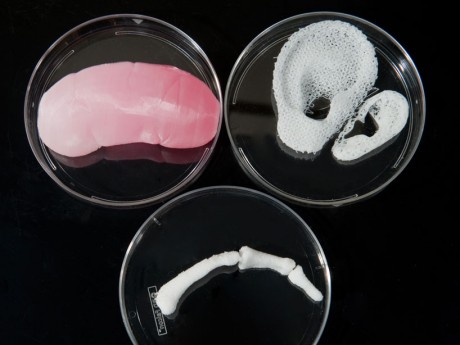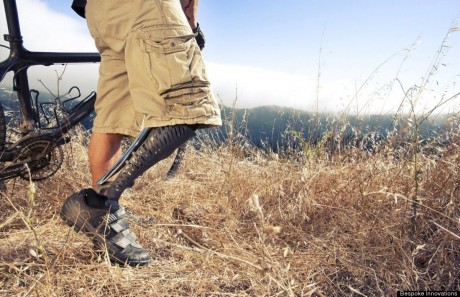How 3D is printing its way to a human revolution
A lot of attention has been paid to 3D printing lately, a technology that allows us to combine art and science. According to The Guardian:
“3D printing has the potential to revolutionise the way we make almost everything.”
It is hard to argue with this statement, especially when its advancements are already transforming the world of design, architecture and construction.
To better understand this wizardry and the way 3D printers layer atoms on top of each other to create actual objects, I will use this video from TED as an introduction to the subject.
3D printing is…
… a process of making a three-dimensional solid object of virtually any shape from a digital model. 3D printing is achieved using an additive process, where successive layers of material are laid down in different shapes. 3D printing is considered distinct from traditional machining techniques, which mostly rely on the removal of material by methods such as cutting or drilling (subtractive processes). (source: Wikipedia)
Without a doubt, 3D printing is revolutionising manufacturing, but for me, the biggest potential of this technology is reflected in the way it can improve our well-being. Thanks to its unlimited customization, we are able to use it for many different medical purposes like dental fabrication (combining oral scanning, CAD/CAM design and 3D printing to create dental implants). But what if we could use it for more complicated purposes; ones which can actually help make people’s dreams come true?
Translating art for the visually impaired
Konstantinos Tarabanis, a Harvard graduate in molecular and cellular biology, saw in 3D printing the possibility to help the visually impaired to translate paintings by allowing them to feel the graduation of the printed structures. These tactile representations could allow many blind people to connect with this visual experience and allow them to see the art. This exploration could modify the whole teaching experience by allowing the sense of artificial vision become part of perceived projects like Midas Touch, art courses at schools and colleges, or innovations in museums.
The medical advances of 3D printing
Can you imagine a world where printers would be able to create three-dimensional human cells and even organs, making replacements available to everyone who needed one? It sounds very much like science fiction, but actually these advancements are becoming part of our reality, as scientists have already started work on growing organs, instead of transplanting them.
Currently, researchers are working on developing a heart patch made of 3D-printed cells, implants for broken bones, tissue-engineered skin, and are even printing blood vessels.
Even though most of this is still prototyping, we can already see some great impacts of its advancement on the mass customization of prostheses.
Around the world, there are over 2 million people who have some kind of prosthetic limb or device. Until now, the prosthetics industry had only the possibility to offer ‘one-size-fits-all’, but 3D printing allows the introduction of new ways to make and customize prosthetics, in order to create the most accurate dimensions.
The San Francisco company, Bespoke Innovations, “takes all ergonomic information, imports it, and creates a CAD file, from which they can literally print out the limb that is used by the customer”.
That, to me, points to how complex and advanced this technology has become, and it is great to see that after 30 years of waiting for it to work, we are able to embrace it at last. And to be honest, it looks like we can’t wait to implement it fast enough, as the possibilities seem to be endless. But more importantly, they impact our lives and improve the quality of living, with breath-taking devices like the first 3D printed replacement jaw, in-ear hearing aids, or engineering miniature kidneys through bioprinting. All of these couldn’t have been done cost-efficiently before the era of 3D printing.
It may not be long until 3D printing is a much more common site, even domestic models. But I’m not sure I can imagine myself enjoying a printed steak any time soon.


About markmaking*
markmaking*
mark-making* is an award-winning creative agency specialising in branding, campaigns and communications